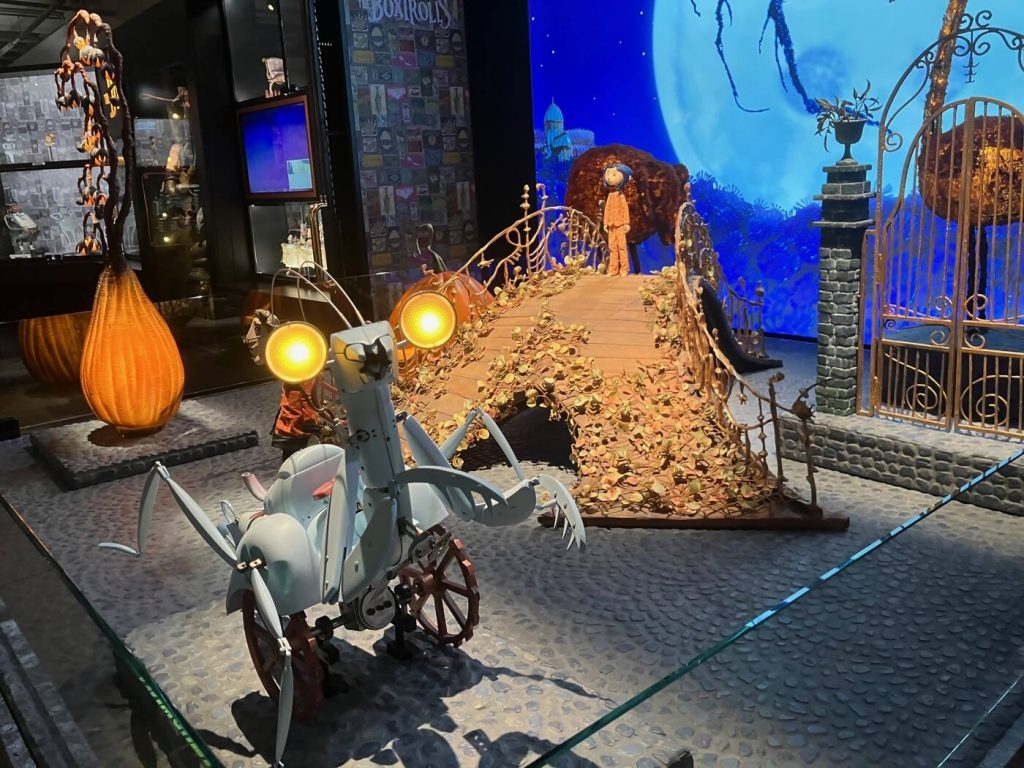Another area I would be interested in working in is pre-productions roles for stop motion animation, such as set building, model-making, and puppet-costumes. I think I would really enjoy taking 2D designs and figure out how to build them to bring the animation world to life in a way that is functional on a set, while staying true to the original inspiration; that is not to mention there is so much hidden story that can be communicated by the design itself as well. Of all the options listed however, the only role that I be comfortable saying I have some experience in is making costumes. I would really love to get more chances to learn hands-on from experts on how they create all the pre-production props, characters, and sets in the industry.
For instance, we had a two-day puppet making workshop last year with Joseph Wallace, who taught us how to make basic stop-motion puppets out of wire and wood. While we used some materials and techniques I was familiar with, such as epoxy glue and needle felting, there were also a number of others methods I had not considered. For example, milliput was used to act as the “skeleton” of the puppet, ensuring that the limbs only bent at the points where the joints are. We also briefly touched upon using ball and socket armatures for larger stop motion projects, where the puppet would need to last under significantly more wear and tear.
One exhibition that was really insightful was the LAIKA exhibition; so many of the objects were much larger than I expected, and I enjoyed appreciating the detail and care placed into every detail. As a huge fan of Coraline, getting a chance to peek at the characters, sets, and other props that helped build the world in the film was very exciting, and helped me appreciate how the objects used to create a film can, on their own, be works of art as well.

Puppet, props, and set elements from Coraline, from the LAIKA exhibition